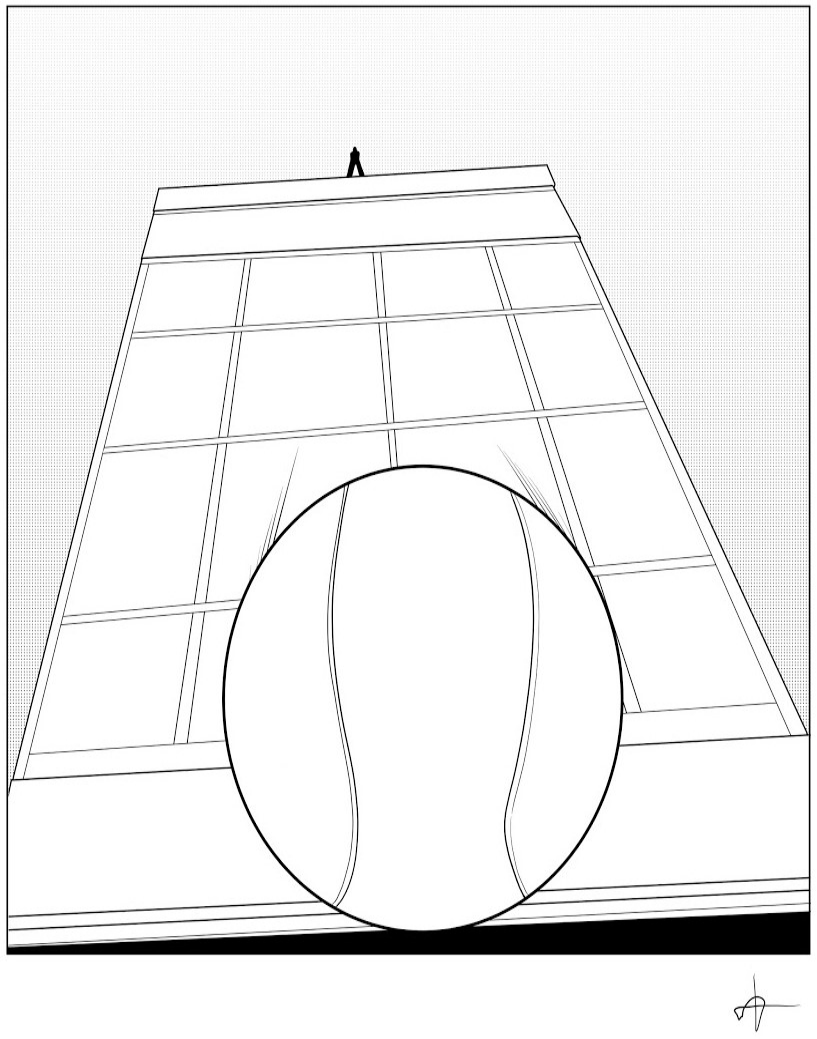

A Superbball is a special kind of ball that will always bounce to half of the height from which it fell. Supposing that it is dropped from a building that is \(128\,\)m tall, answer the following questions.
How high will it bounce after it hits the ground for the third time?
How many times must the ball hit the ground so that the next bounce has a height of \(2\,\)m?
How many times must the ball hit the ground so that the next bounce has a height of \(25\,\)cm?
How tall would a building have to be if, after hitting the ground ten times, the ball bounces to \(1\,\)m? Is there a building this tall?

Extension: Test different balls to see how high they bounce when dropped from \(1\,\)m.
The building is \(128\,\)m high, so after the first bounce the ball will reach a height of \(128\div 2=64\,\)m. After the second bounce, the ball will reach a height of \(64\div 2=32\,\)m, and after the third bounce the ball will reach a height of \(32\div 2=16\,\)m. Thus, the ball will bounce to a height of \(16\,\)m after it hits the ground for the third time.
Continuing the pattern from part (a), after the fourth bounce the ball will reach a height of \(8\,\)m, after the fifth bounce the ball will reach a height of \(4\,\)m, and after the sixth bounce the ball will reach a height of \(2\,\)m. So the ball must hit the ground six times to bounce to a height of \(2\,\)m.
It’s helpful to switch to centimetres at this point. From part (b), we know that after the sixth bounce, the ball will reach a height of \(2\,\)m or \(200\,\)cm. After the seventh, eighth, and ninth bounces, the ball will reach heights of \(100\,\)cm, \(50\,\)cm, and \(25\,\)cm, respectively. So the ball must hit the ground nine times to bounce to a height of \(25\,\)cm.
To discover how tall the building would need to be so that after the tenth bounce the ball reaches a height of \(1\,\)m, we work backwards and double the height ten times. Doubling \(1\,\)m ten times gives the sequence \(2,\) \(4,\) \(8,\) \(16,\) \(32,\) \(64,\) \(128,\) \(256,\) \(512,\) \(1024\,\)m. Thus, a building would have to be \(1024\,\)m tall in order for the ball to bounce to a height of \(1\,\)m after the tenth time it hits the ground. The tallest building in the world is currently the Burj Khalifa which is just under \(830\,\)m, so there isn’t a building as tall as \(1024\,\)m.